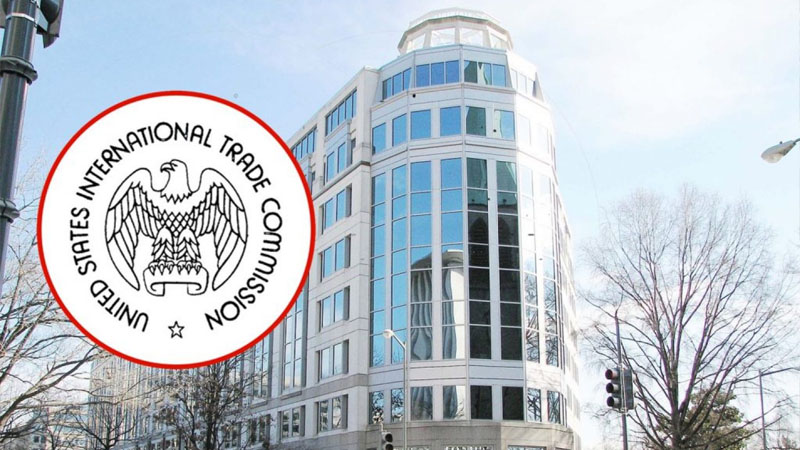
On October 22, the U.S. International Trade Commission (ITC) will determine whether the domestic shrimp industry has suffered harm from low-priced imports of frozen warm water shrimp from Ecuador, India, Indonesia, and Vietnam. These four countries account for the vast majority of shrimp consumed in the United States, supplying 85% of the 1.8 billion pounds of shrimp that reached American plates in 2022.
A ruling in favor of U.S. shrimpers would likely lead to new tariffs, raising the cost of shrimp at grocery stores and hurting key industries in these developing countries. At a time when Washington should be seeking to build stronger ties with nations like Ecuador, trade restrictions threaten to do the opposite.
Ecuador’s Shrimp Industry at Risk
Ecuador presents a vivid case of the collateral damage U.S. trade policy can inflict. Once heavily reliant on oil, Ecuador has successfully diversified its economy in recent years, becoming the world’s largest shrimp exporter. Shrimp is now a vital pillar of the country’s economy, supporting thousands of jobs and contributing significantly to national output.
The Ecuadoran shrimp industry, like those in other targeted countries, operates on a highly modernized model. Shrimp farming, rather than wild catch, dominates, allowing for more predictable, efficient, and sustainable production. Ecuador’s shrimp farms adhere to strict standards on product traceability, ensuring that exports meet global food safety regulations while avoiding environmental and labor violations.
The Stagnation of U.S. Shrimping
In contrast, the U.S. shrimp industry has remained tethered to outdated practices. Domestic shrimpers rely largely on “wild caught” methods, casting nets at sea in a process that is weather-dependent, unpredictable, and prone to high levels of by-catch—unintended capture of other marine life, which damages the ecosystem.
Over the last two decades, U.S. shrimpers have been insulated from foreign competition by import tariffs, which have been in place since 2005. But rather than use this protection to invest in modernization, U.S. shrimpers have chosen to focus on extracting compensation from foreign competitors through legal settlements.
A System Tilted Toward Protectionism
The ITC’s forthcoming decision could impose additional antidumping and countervailing duties on shrimp imports. Antidumping measures penalize imports if their U.S. price is lower than their domestic market price, while countervailing duties address unfair subsidies provided by foreign governments. Both types of tariffs are designed to protect U.S. producers, but they often overlook the broader economic effects.
These trade laws are narrowly focused on shielding domestic industries, with little regard for the impact on consumers or downstream businesses. As shrimp becomes more popular in American households, the potential for price hikes could push a once-affordable protein out of reach for many, particularly lower-income consumers.